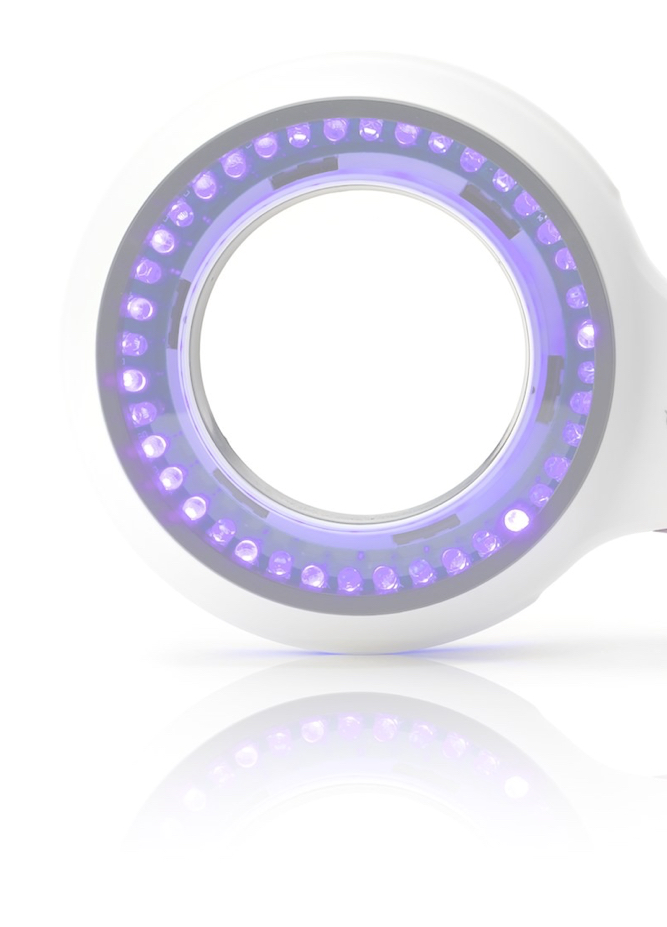Known as nevi, moles and other birthmarks are benign pigmented spots or patches of skin that range in color from tan, brown, and black to red, pink or purple (vascular nevi, such as strawberry hemangiomas or port wine stains). Though most birthmarks are harmless, occasionally some may develop into cancer.
Skin Cancer screening guidelines
Adults aged 35–75 years with one or more of the following risk factors should be screened at least annually with a total body skin examination†:
- Personal history:
- History of melanoma, AK or KC
- CDKN2A (or other high-penetrance gene‡) mutation carrier
- Immunocompromised§
- Family history:
- Melanoma in one or more family members
- Family history suggestive of a hereditary predisposition to melanoma
- Physical features:
- Light skin (Fitzpatrick I-III)
- Blonde or red hair
- >40 total nevi
- Two or more atypical nevi
- Many freckles
- Severely sun-damaged skin
- UVR overexposure:
- History of blistering or peeling sunburns
- History of indoor tanning
†Total body skin exam includes evaluation of entire skin surface (scalp, face, ears, neck, chest, abdomen, back, buttocks, genitals, upper and lower extremities, hands, feet), eyes (iris and sclera), oral mucosa, hair and nails.
A professional should examine moles exhibiting any of the following warning signs immediately:
- Itches or bleeds.
- Rapidly changes in color, size or shape.
- Multiple colors
- Asymmetrical
- Looks different from all other moles
- Is located where it can’t be easily monitored, such as on the scalp.
Be aware that a mole does not have to be symptomatic to be dangerous. Therefore, at Gaughf Dermatology, we recommend that everyone have a yearly skin examination. Moles can be “atypical” or precancerous and often need to be biopsied for close monitoring. This leads to prevention and/or early diagnosis of melanoma. Melanoma can be fatal, but when diagnosed early, is completely curable.



